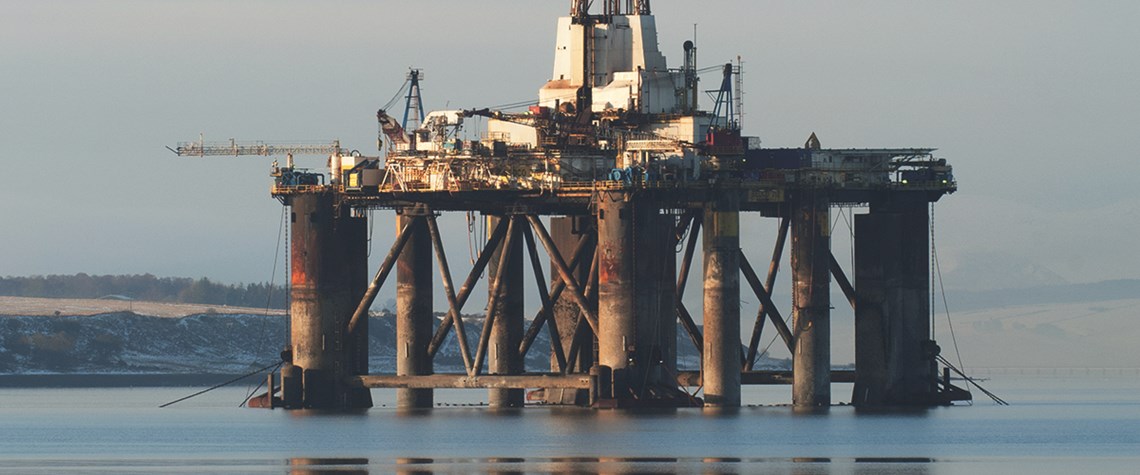North Sea's golden years
The region may be past its prime but is still running with the best
The North Sea has been through a remarkable change since the oil price fall in 2014. Costs have dropped by as much as 40% and, against the odds, a new slate of projects awaits investment decisions in 2018. Despite its maturity, the region still sucks in investment and competes with upstart shale oil and low-cost Opec resources. Two fundamental drivers are behind the North Sea's continued attractiveness: it's conventional oil, relatively easy to get to, and it's located in politically placid OECD waters. OECD conventional liquids production has declined from about 23m barrels a day in 1997 to about 17m b/d in 2017. For producers that don't have access to North American unconventional projects

Also in this section
12 December 2025
The latest edition of our annual Outlook publication, titled 'The shape of energy to come: Creating unique pathways and managing shifting alliances', is available now
12 December 2025
The federal government is working with Alberta to improve the country’s access to Asian markets and reduce dependence on the US, but there are challenges to their plans
11 December 2025
The removal of the ban on oil and gas exploration and an overhaul of the system sends all the right messages for energy security, affordability and sustainability
10 December 2025
The economic and environmental cost of the seven-year exploration ban will be felt long after its removal







